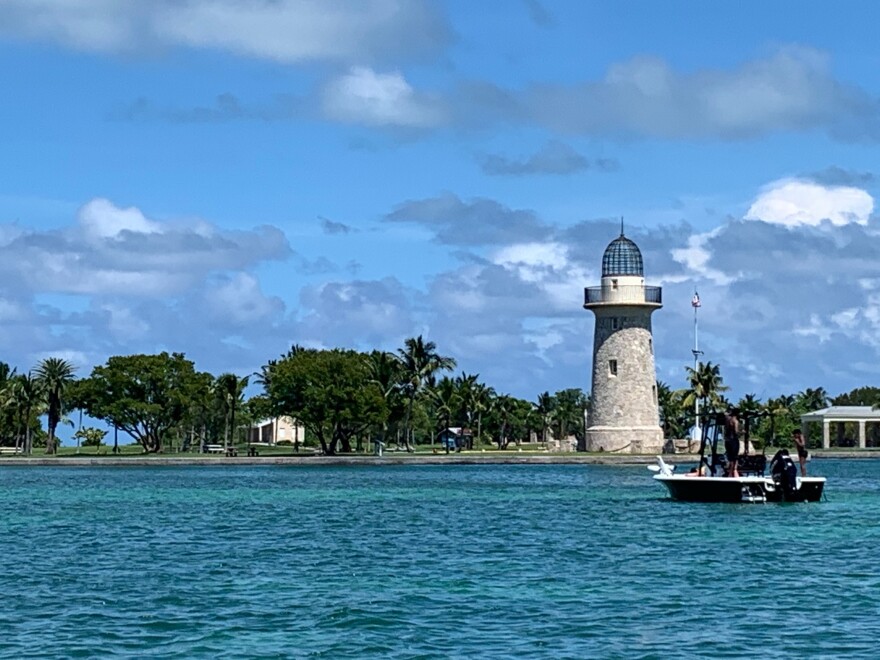New fishing rules intended to help revive grouper, snapper and other popular fish in Biscayne National Park start July 1.
The rules represent a five-year struggle to tighten fishing in the busy park next to urban, bustling Miami, but are far less strict than a management plan first proposed by national park officials. That 2015 plan called for a 10,500-acre preserve around fragile reefs that outlawed fishing, except for invasive lionfish.
“Unfortunately, these regulations are unlikely to result in sustainable fish populations,” said National Park Conservation Association’s Caroline McLaughlin.

Over the years, the 270-square mile park has been slammed by heavy fishing and boat traffic. Seventeen different species of fish have seen their numbers drop by 70 percent. Only six percent of the park’s reefs remain and more than 11,000 scars from boat propellers mar flats, with new ones regularly appearing.
The original plan, which took 15 years to craft, banned some commercial fishing and established the controversial preserve. But it left rules the same for 90 percent of the park. At the time, park officials pointed to no-fishing preserves around the Dry Tortugas, where both numbers and size increased after the preserves were established, as proof that limits could reverse dwindling numbers.
But the state, which co-manages fishing rules, balked at the plan at the time after U.S. Sens. Marco Rubio, Bill Nelson and U.S. Rep. Ileana Ros-Lehtinen objected.
To make fishing in the park sustainable, the park says it needs to increase the size and number of popular species by 20 percent.
McLauglin said it’s unlikely the new rules will meet the goal.
“Fish populations are already so depleted and fishing pressure is so high that, in addition to traditional fisheries management regs, we need to see the creation of a no-fishing marine reserve if fish populations are going to recover to healthy levels,” she said.
Under the new rules, bag limits for some fish are being increased to 10 and minimum size limits increased. Traps and lobstering are being banned around five reefs, including Fowey Rocks and four reefs east of Elliott Key.
Lobster harvesting is also being banned between the park’s shore and barrier islands. Among the popular fish included in the new limits are several snapper species, including mutton and yellowtail, red and black grouper, hogfish, Florida pompano and several flounder species.






